Are you getting a tattoo for the first time and worried about whether it will hurt? Are you someone who has a low tattoo pain tolerance? Or are you preparing for a large tattoo project? Do you want to use pain relief methods while getting a tattoo, but some people say that using painkillers during tattooing will make the tattoo fade quickly or look bad? This makes you more hesitant about using those methods. Now you don’t have to worry anymore because this article is for you. In this article, 1984 Tattoo Studio will provide you with the most objective view on pain relief methods during tattooing, so you can make an informed decision and choose the appropriate direction for yourself.
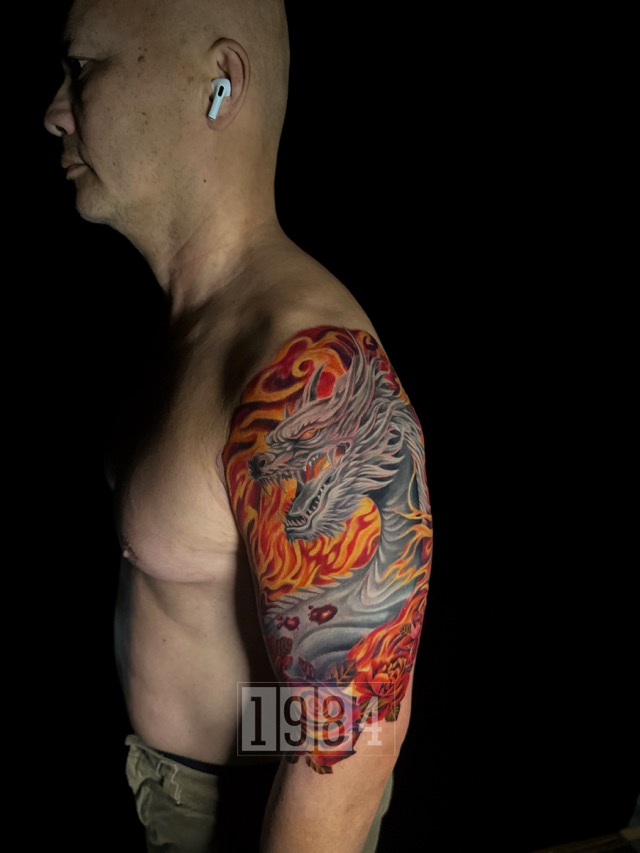
IS TATTOO PAIN UNAVOIDABLE?
Of course, getting a tattoo can be painful, but to minimize the pain during tattooing, first, you need to understand why our bodies feel pain during tattooing. The essence of tattooing is to penetrate the skin’s dermis layer with a tattoo needle. This is the layer of skin beneath the top layer that we can see, also known as the epidermis.
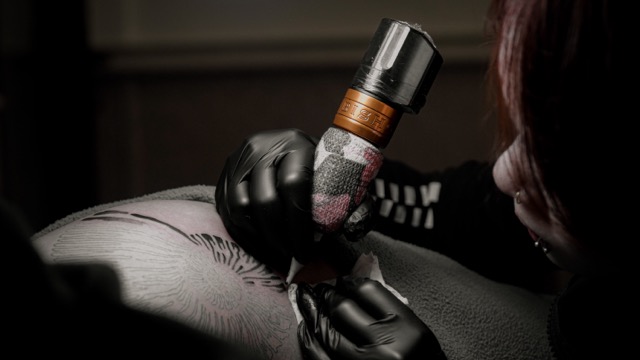
The epidermis layer of the skin undergoes a relatively rapid turnover cycle, meaning that for your tattoo to last long, the ink has to be placed deep enough to avoid the rapid turnover cycle of the epidermis layer. The dermis layer contains a large number of “pain receptors.” When the needle penetrates this layer, pain signals are sent to the brain, creating a sense of pain for you. The level of pain will depend on the area being tattooed, as areas with less fat will make your nerves more susceptible to damage.
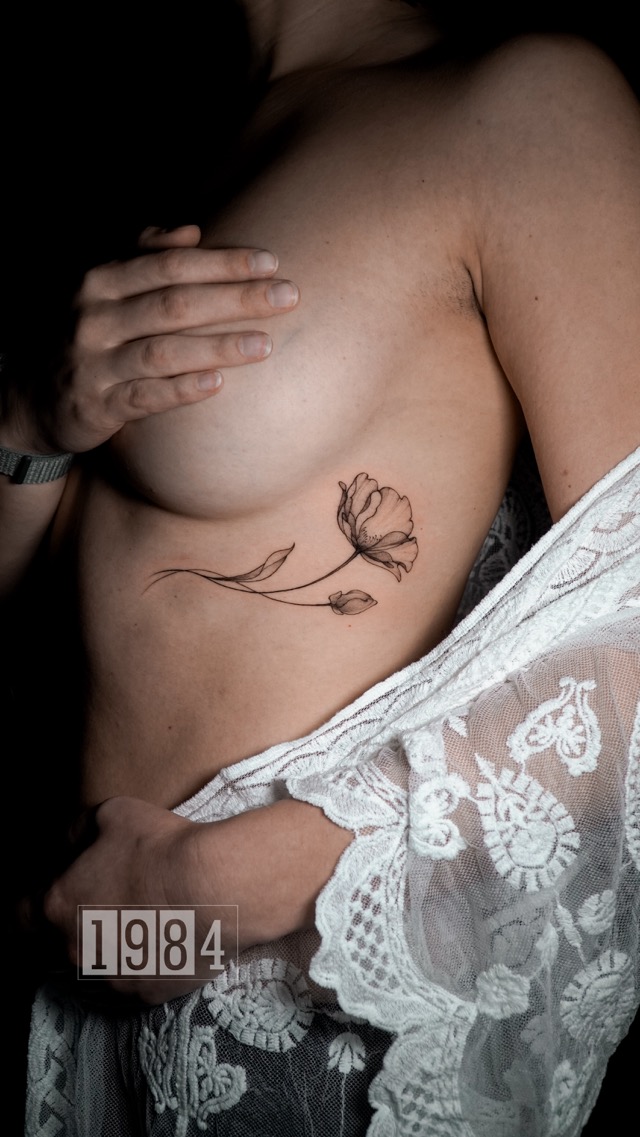
The pain of getting a tattoo is often described as a scratching, stinging, or pricking sensation. However, the pain of getting a tattoo will not be so severe as to make you faint. Most people getting tattoos will feel significantly relieved when their artist moves to another area or during breaks.
Now that you understand why getting a tattoo hurts, let’s move on to the important part.
NATURAL PAIN RELIEF METHODS
Eat a healthly meal about 2 hours before getting a tattoo
As the saying goes, “good food is good health.” And getting a tattoo is no exception. We’re not kidding; eating a healthy meal with plenty of vegetables and protein is the perfect preparation for a tattoo. Protein is essential for the tattoo healing process, and if you start getting a tattoo with low blood sugar, you will feel much more uncomfortable pain.
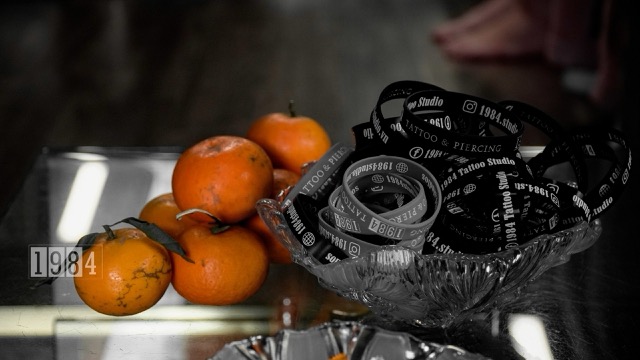
Make sure you get enough rest the night before
Many studies have shown that lack of sleep increases your body’s sensitivity to pain. Moreover, lack of sleep will make your body tired and achy. This will directly affect your posture during tattooing; you will be more prone to fatigue and also feel more pain. Lack of sleep will also weaken your immune system – a vital part of your body’s response to tattoos.
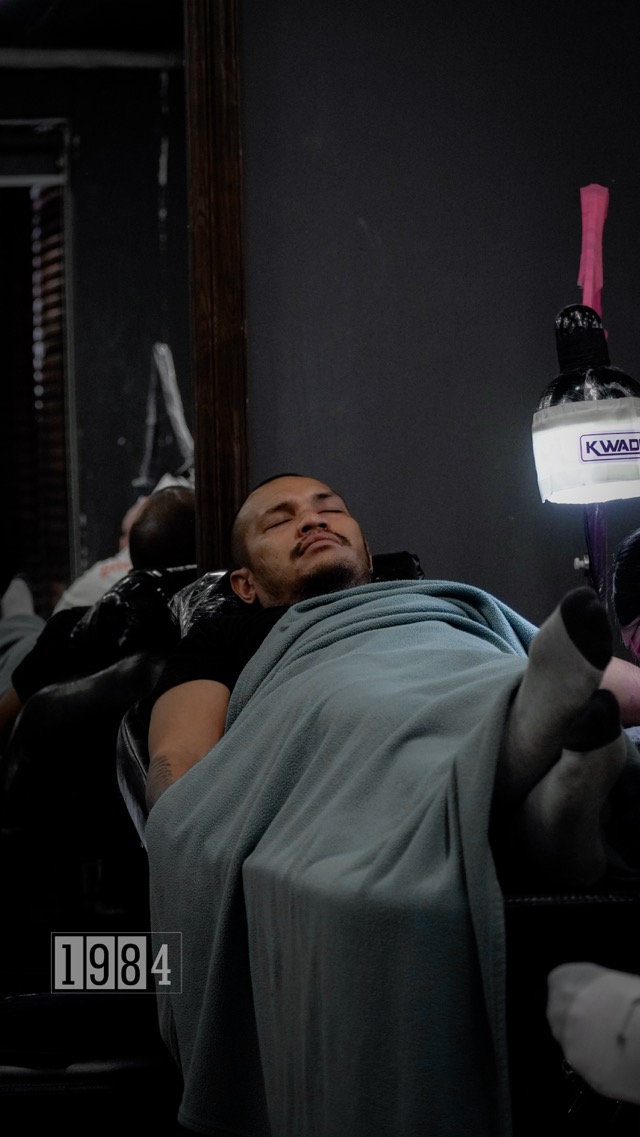
Meditate or stretch
Those who tolerate pain well are those who remain calm in the tattoo studio. Conversely, for those who are too stressed, the pain of getting a tattoo will become much worse. I agree with you that resisting pain is the most natural instinct of humans, but it tends to aggravate the pain and discomfort. So, if possible, spend 10 minutes meditating or stretching before getting a tattoo; it will help you feel calmer, and the pain will not be able to bother you anymore.
These are the most natural ways to help you reduce pain during tattooing without affecting the quality of your tattoo.

Injectable painkillers
When thinking about reducing pain during tattooing, many people may think of using injectable painkillers directly into the tattooed area. However, this method is not always the best choice. In some cases, using injectable painkillers can cause unwanted issues. The tattooed area may swell and poorly absorb the ink, affecting the quality of the tattoo. Additionally, some people may have allergic reactions to the solution in the painkillers, causing serious health issues. Therefore, before using this method, make sure you know if you are allergic to any of the ingredients in the painkillers by discussing and researching carefully with a specialist or medical doctor.
Oral painkillers
If you don’t want to inject, you can consider using oral painkillers. However, in the case of tattooing, this type of medication is often not effective for pain that is directly caused by the tattoo needle. Oral painkillers may have a mild pain-relieving effect, but they cannot completely eliminate the pain sensation from the tattooing process. Moreover, some types of oral painkillers have wound-healing properties, and because tattoos are a type of skin wound, using these medications may lead to the expulsion of foreign substances (such as tattoo ink) from the body. This can affect the tattooing process and its final result.
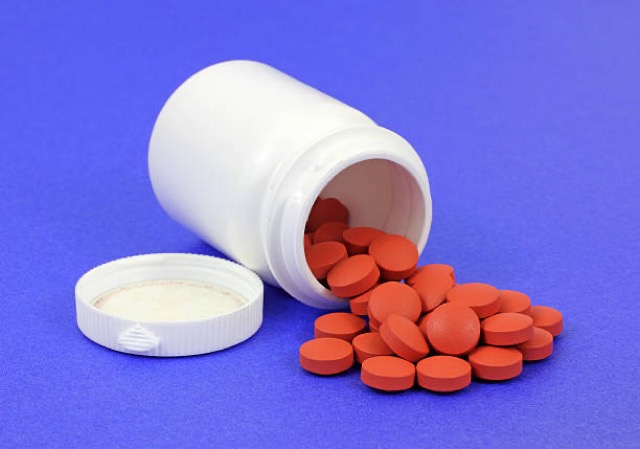
Using alcohol, stimulants and other substances
Using alcohol, stimulants, or other substances can be a way to temporarily reduce pain during tattooing. However, 1984 Tattoo Studio does not recommend this method because of its significant drawbacks. When you use stimulants like alcohol, the blood in your body undergoes changes, especially in the area of the flesh being tattooed. Your body will lead to loose skin and reduced blood circulation, making it difficult for tattoo ink to penetrate the skin. For those who use stimulants during tattooing, there is often a risk of the tattoo being blurry, raised scars, or the color fading after completion. This can reduce the quality and durability of the tattoo.

Using numbing cream
Numbing cream is often considered safe to use before the tattooing process, especially in sensitive areas of the skin. But they do have their drawbacks! Numbing creams will reduce pain, but they cannot completely eliminate the pain sensation for you. Additionally, numbing creams will begin to lose their effectiveness as they dry out, so they may not last throughout the entire tattooing process.
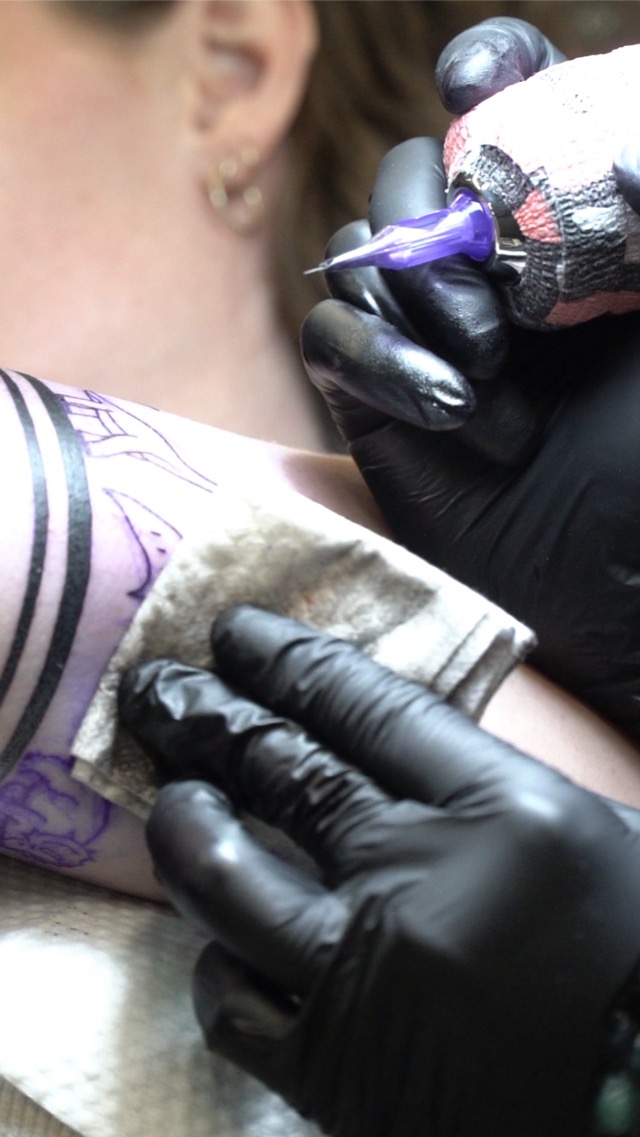
Conclusion
There are many ways to reduce pain during tattooing, including the most natural methods and methods that use supportive tools such as injectable medications, oral medications, using stimulants, or numbing creams. They all come with their own pros and cons. Therefore, before you decide which method to use, discuss carefully with a specialist or medical doctor to ensure safety and quality for your tattooing process. Also, carefully consider choosing the most suitable method, making sure you understand the potential side effects that may occur. We wishing you find the most suitable method for yourself.
For more captivating stories about tattoos, feel free to explore our Blog. Additionally, you can check out our Facebook page for a variety of videos and images.



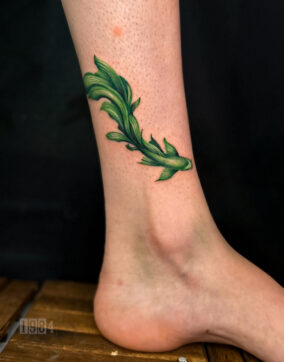

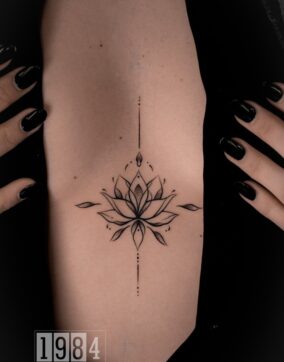
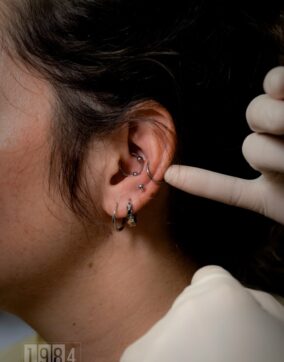

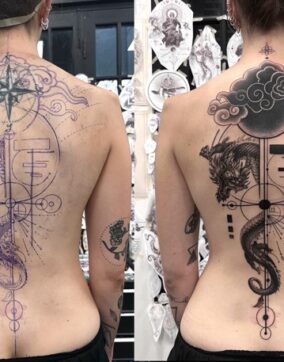


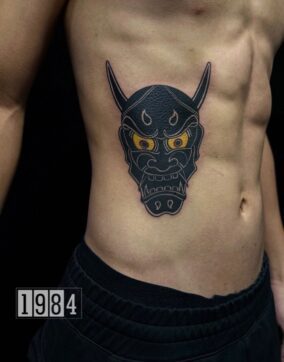

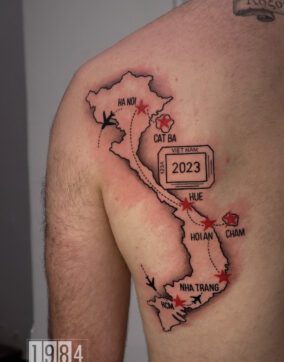


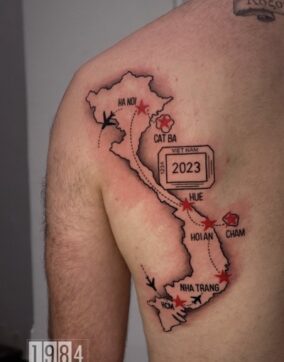


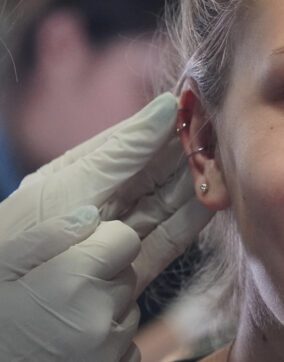
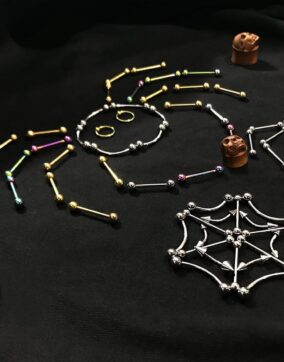
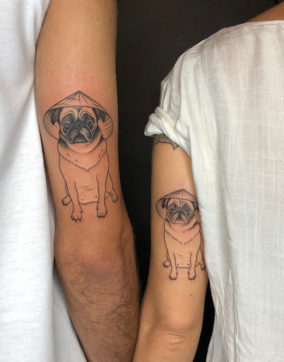
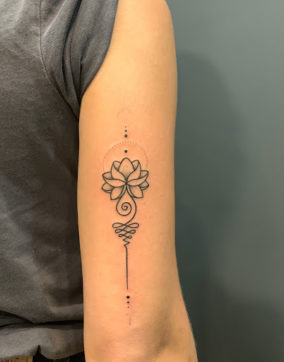

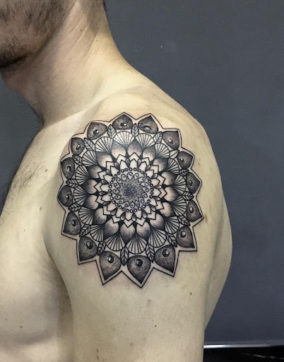
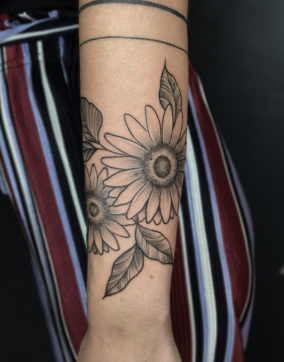
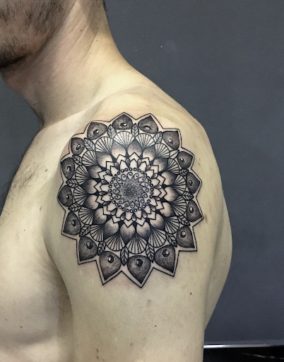

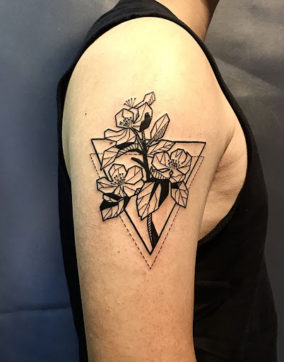

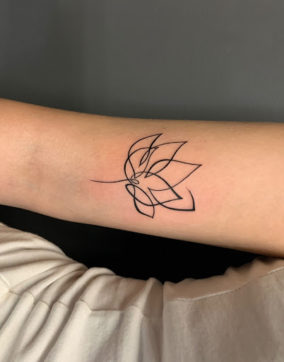
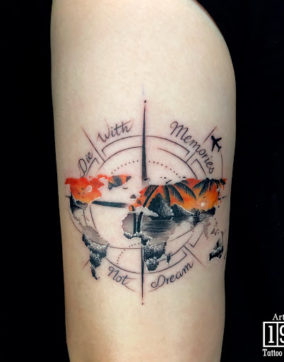
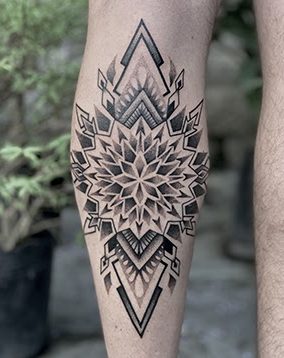
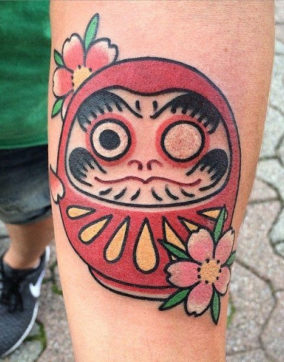
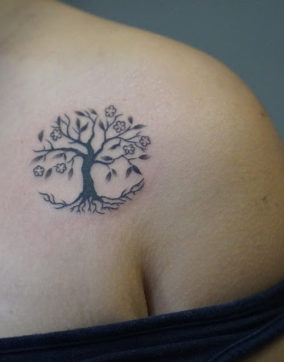
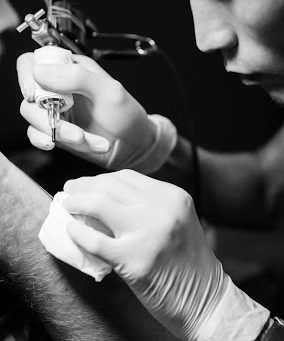
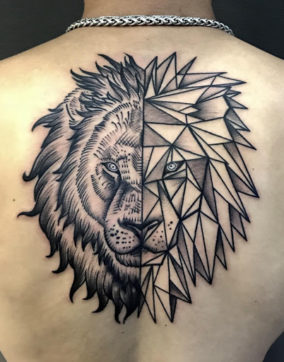
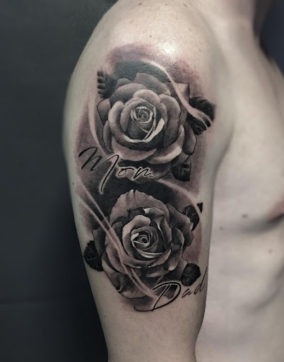
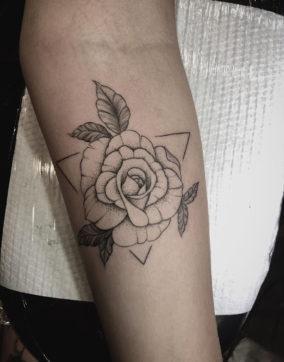
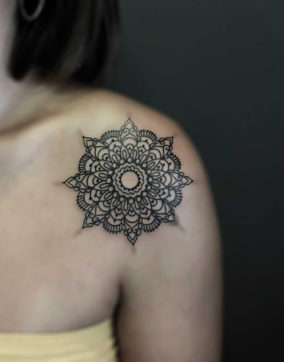
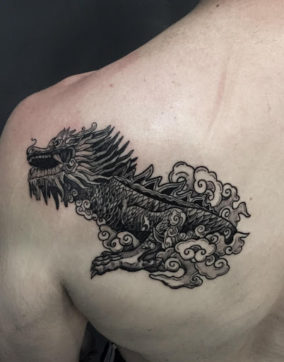
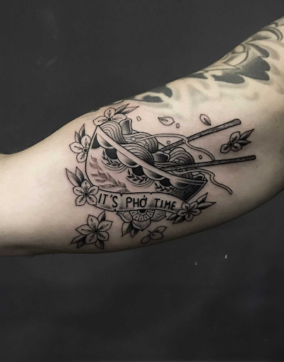
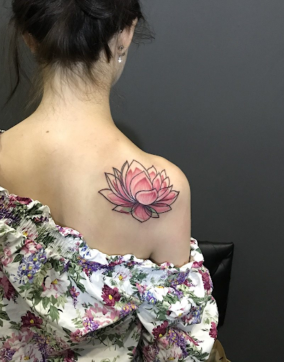
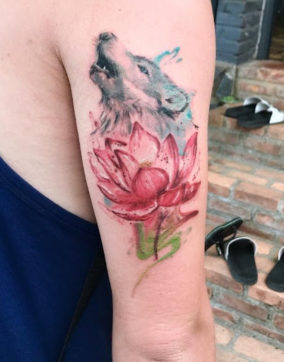
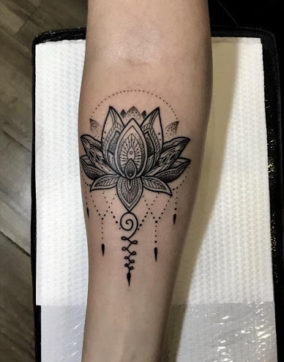
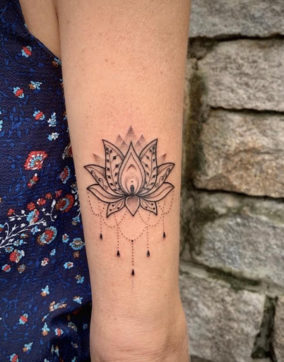
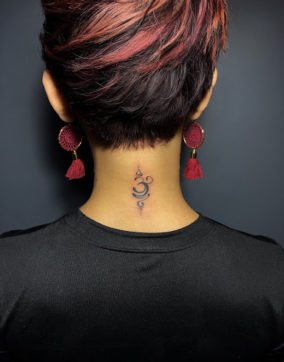

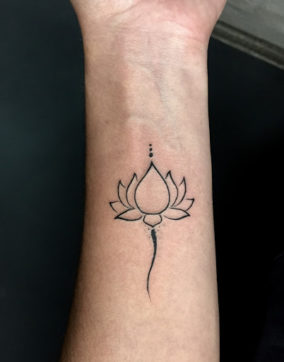
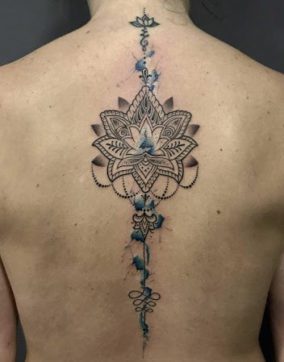
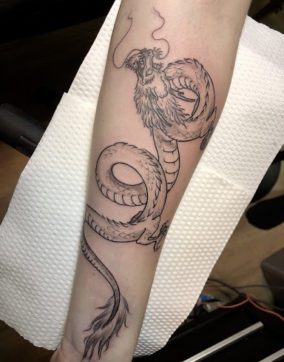
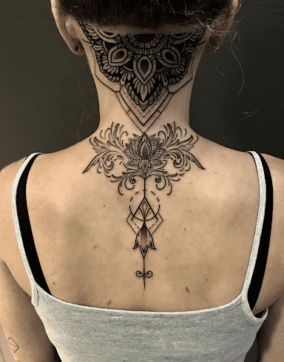
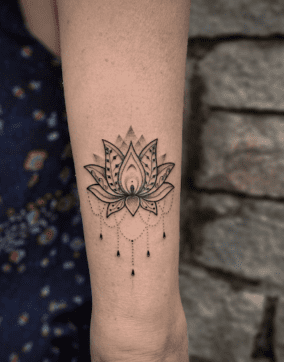
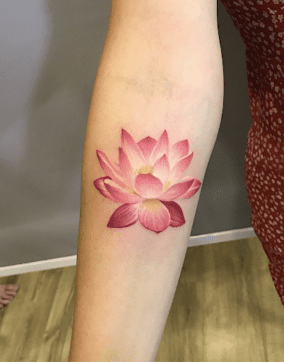
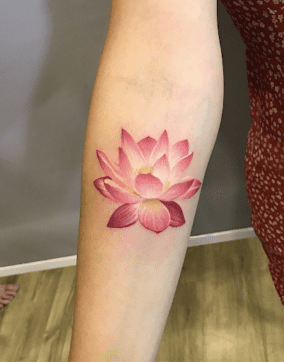
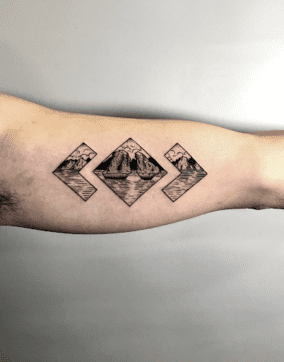
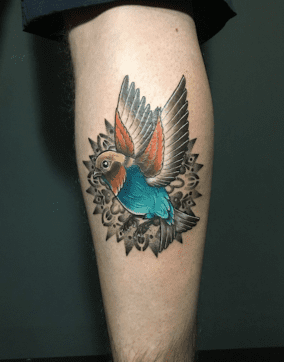
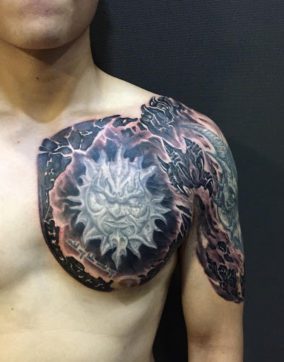
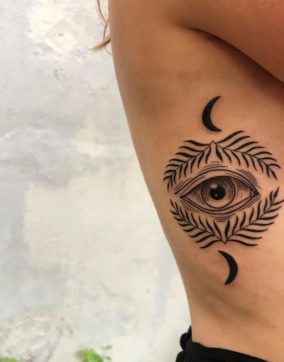
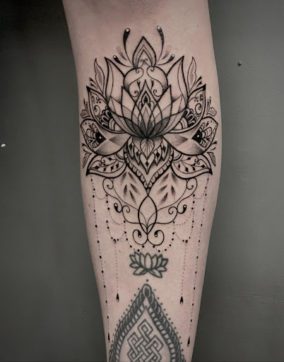
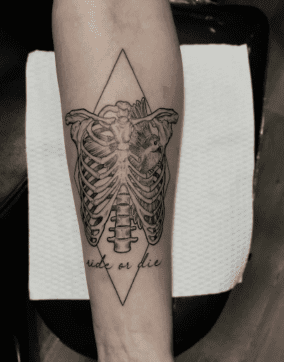
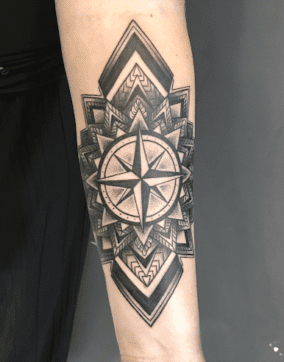
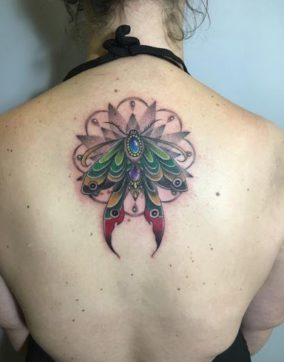

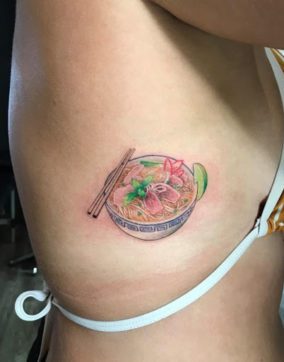

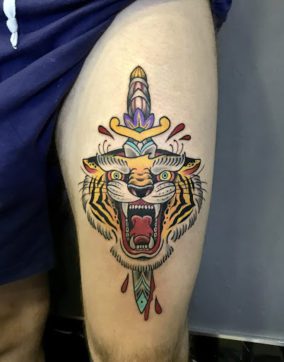
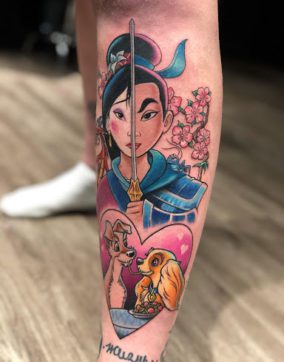

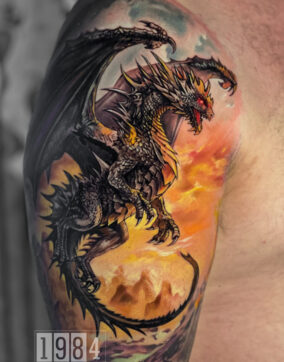
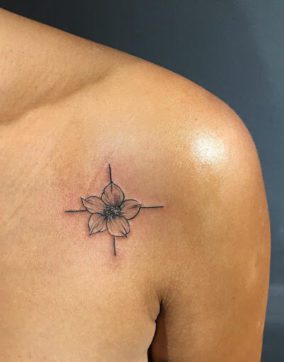
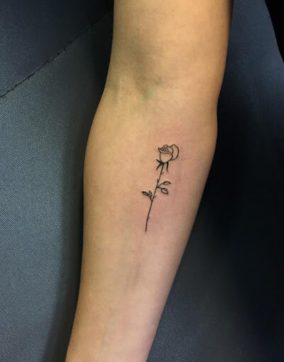
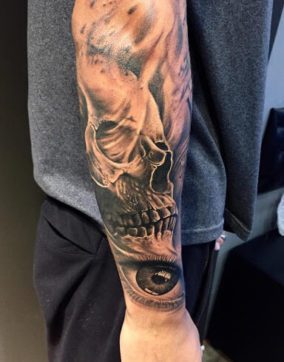
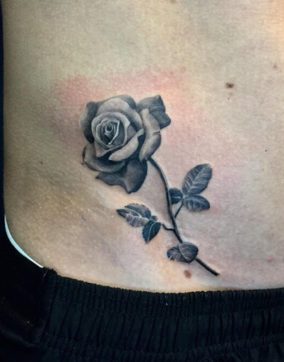
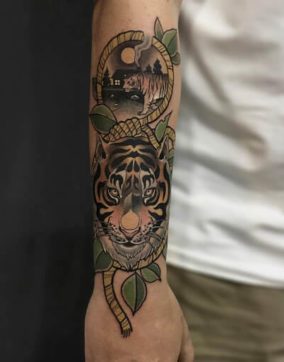
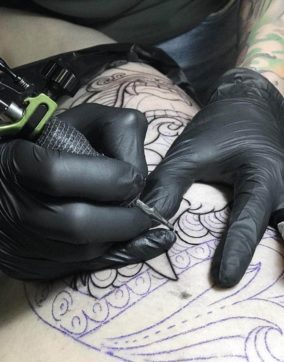
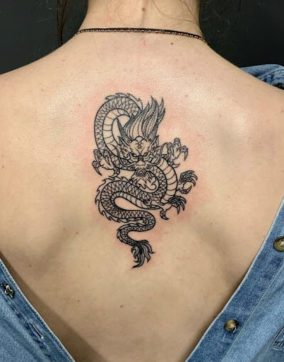
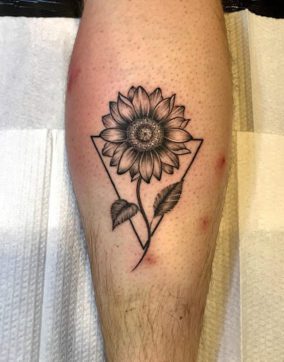
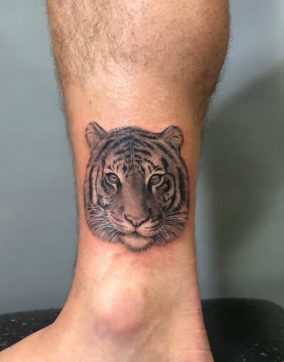
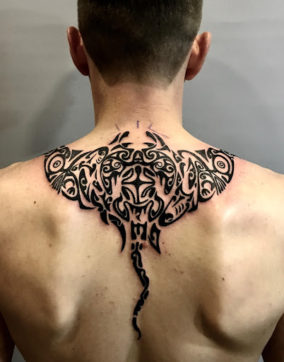

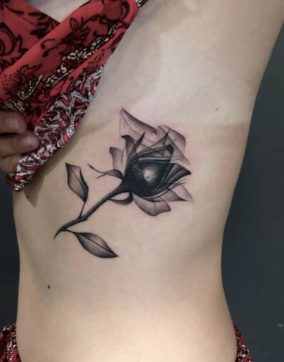
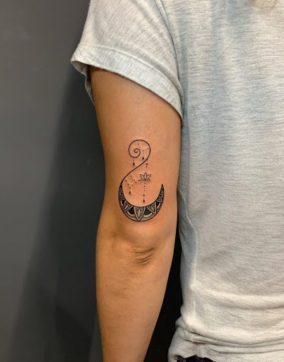
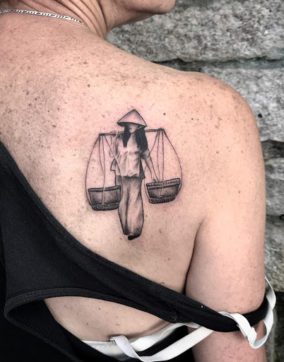
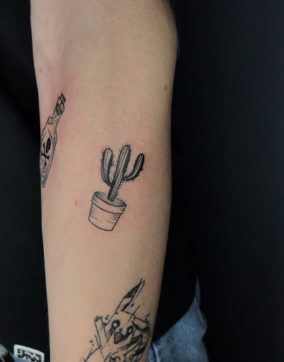

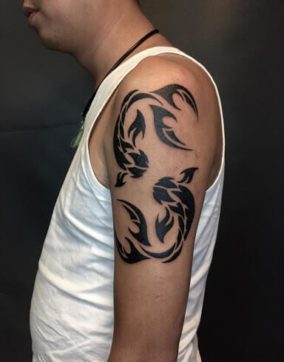
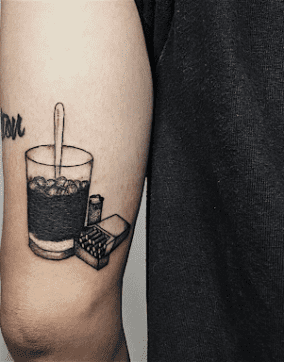

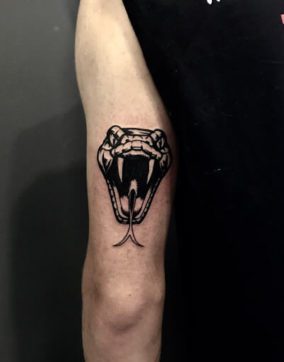
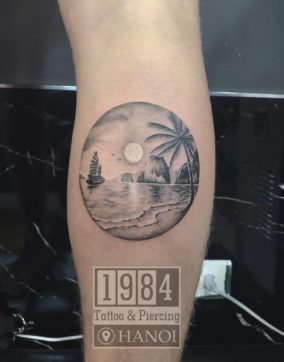
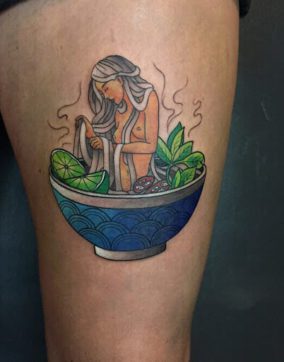
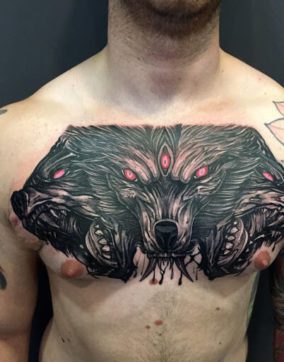
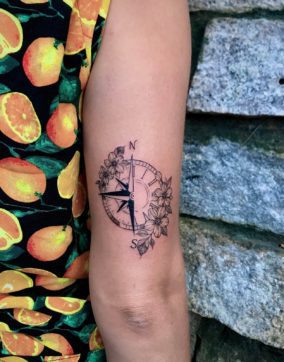
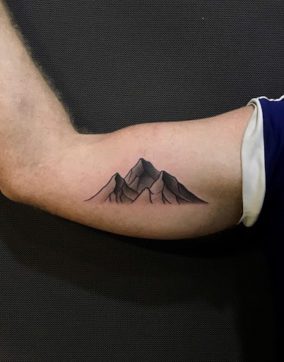
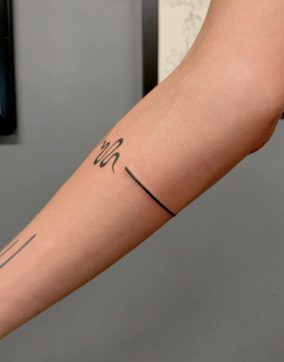
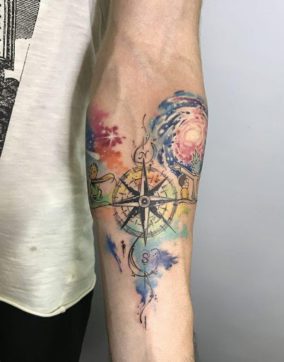
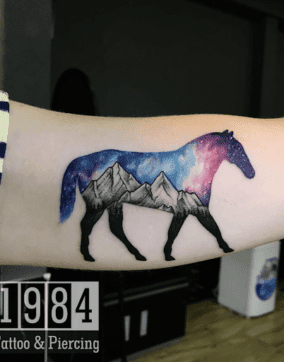
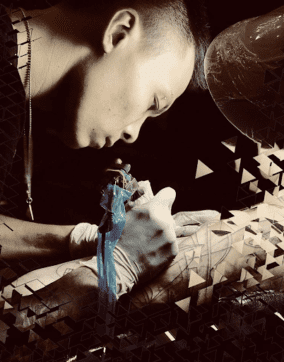

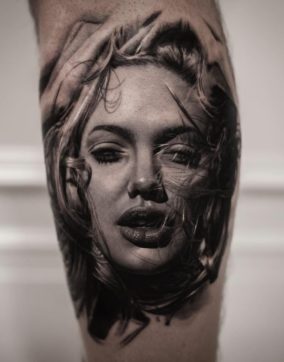
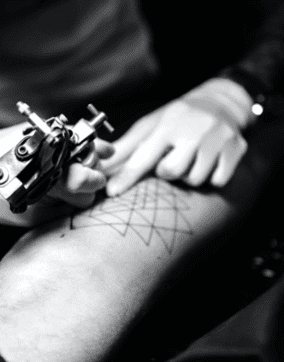
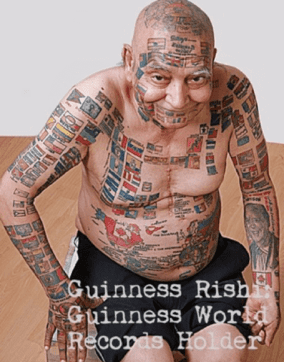

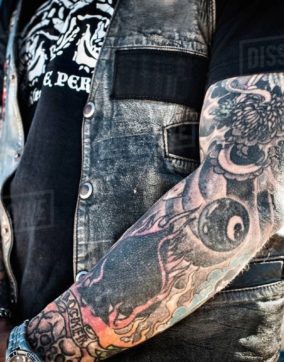

 Hanoi:
37 Ma May, Hoan Kiem booking.hanoi@1984studios.vn
Hanoi:
37 Ma May, Hoan Kiem booking.hanoi@1984studios.vn
